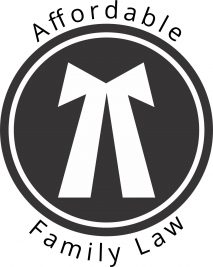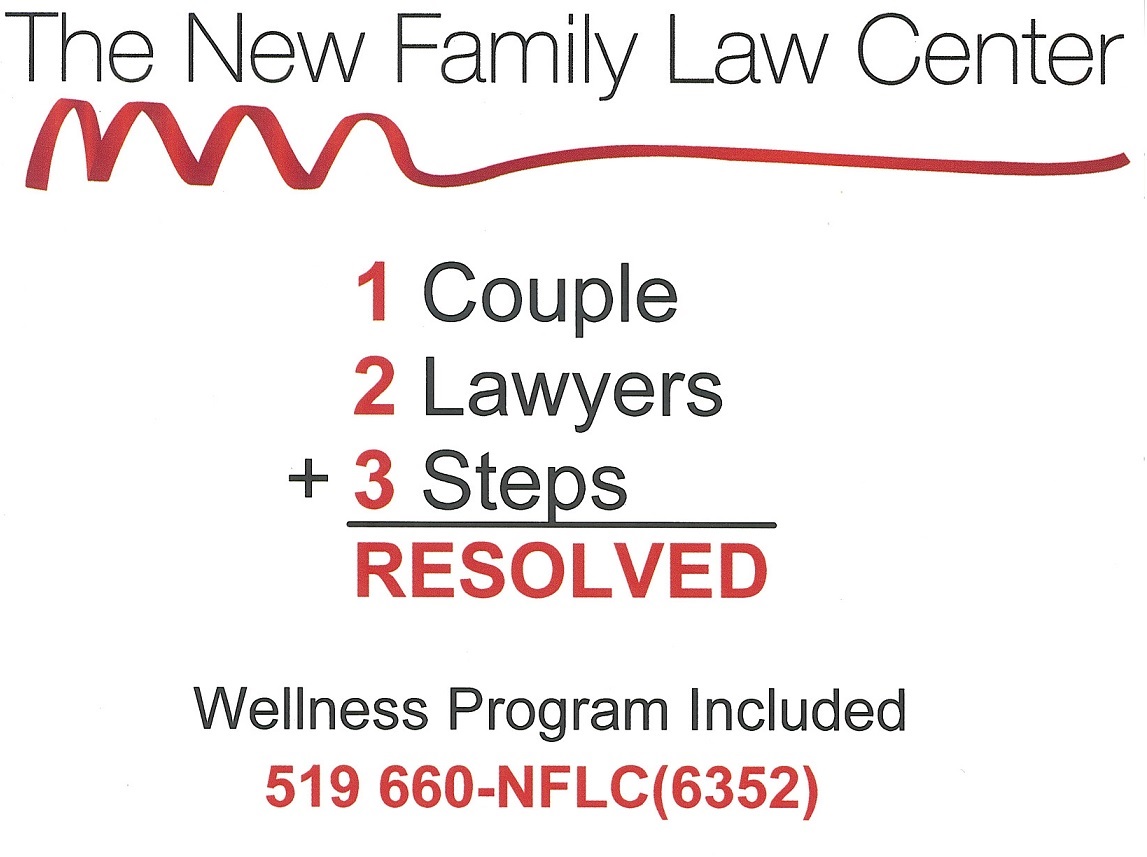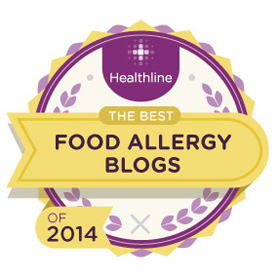Recently, I wanted to learn about latex allergy, so I turned to my incredible community of well informed people in my Facebook allergy group. This is what I learned from them, led by Krystal Ahern of the Latex Allergy Awareness Site.
Latex is the milky fluid derived from rubber trees, which is used to make latex products. The same protein is contained in certain foods, which causes cross-reactions in some people who have a latex allergy. Cross-reactive foods are tricky – You may be fine with a food one day, but react when you eat it the next time. Waiting days to repeat the same food seems to help reduce reactions, and it allows any symptoms to show themselves clearly. Here is a list of cross-reactive foods for people allergic to latex:
| Latex cross reactive foods: |
| Banana |
| Kiwi |
| Papaya |
| Grape |
| Avocado |
| Watermelon |
| Tomato |
| Potato |
| Celery |
| Chestnut |
| You may also consider testing: |
| Spinach |
| Broccoli |
| Apples |
| Squash family, pumpkin |
| Legumes, beans |
| Spices, mint, cinnamon |
| Mango |
I just found this information explaining the cross-reaction between latex and some foods: “Like bananas and chestnuts, avocados contain enzymes called chitinases that are associated with the latex-fruit allergy syndrome. There is strong evidence of the cross-reaction between latex and foods that naturally contain high amounts of chitinase enzymes. If you have a latex allergy, you may very likely be allergic to these foods as well. Processing the fruit with ethylene gas increases these enzymes; organic produce not treated with gas will have fewer allergy-causing compounds.”
Source: http://www.whfoods.com/genpage.php?tname=foodspice&dbid=5#nutritionalprofile Accessed 18 May 2011
I was surprised to learn that Kraft food handles all their food with latex gloves in the factory, which can deposit hidden latex on the food. More information on cross-reactivity of latex and food can be found here on the American Latex Allergy Association site.
I knew that disposable gloves often contain latex as do balloons, which are a huge threat when they pop and the powder inside them becomes airborne, but I didn’t realize how many everyday items have latex in them. Items that often contain latex are:
| Disposable or dishwashing gloves | Balloons |
| Toys | Cuffs and waistbands on clothing, underwear, bras |
| Carpeting | Freezer bags |
| Cling wrap | Water bottles |
| Shoes | Socks |
| Chewing gum | Toothpaste, toothbrushes |
| Baby bottle nipples, pacifiers | Disposable diapers |
| Sanitary pads | Rubber bands |
| Erasers, pens, school supplies | Condoms & diaphragms |
| Swim goggles | Racquet handles |
| Bike & motorcycle hand grips | Medical supplies: blood pressure cuffs, stethoscopes, intravenous tubing, syringes, vial stoppers, electrode pads, surgical masks |
| Vaccines | Bandages |
| Dental dams | Stickers |
| Postage stamps | Computer mouse pads |
The American Latex Allergy Association maintains a list of latex-free suppliers of medical products and household products. For school supplies, DiscountSchoolSupplies.com has over 300 products marked “latex free”.
There’s so much to watch for to eliminate exposure for anyone allergic to latex, and since it’s so prevalent, I amplify my normal advice to always wear at least one EpiPen in an EpiPen belt for immediate access to life saving medication. Please stay safe everyone.
* If you found this post helpful, I would love for you to use the “Sharing Is Caring” bar (below) to share this post via Facebook or Twitter. If you’re reading this as an e-mail message, you need to jump over to my blog first by clicking here.









Wow! Really glad I read this. I had no idea there where so many hidden dangers for those with a latex allergy. Having to deal with my sons food allergy, I can only imagine how frustrating and challenging a severe latex allergy must be. I will definetly be sharing this one!
I was just reading about latex mattresses becoming an “in” thing. Some are pure natural latex and some are a combination of natural and petrochemical products. Wondering if people that are allergic to latex would actually be allergic to the 100% natural stuff or if its simply our predominant use of petrochemically used latex?? I didn’t even know there was such a thing as latex mattresses. I looked on all the links in your article and mattresses were not mentioned.
[…] This post was mentioned on Twitter by Foods You Can and Camilla Aviss, Colette Martin. Colette Martin said: Very useful post on latex allergy: Allergic To Latex? Foods And Products To Avoid – http://bit.ly/gH2rB1 via @Onespot_Allergy #foodallergy […]
Great article Elizabeth. Latex is certainly hidden everywhere. At the hair dressers the other day the hairdresser whipped a kind of (well it turned out to be latex) shroud thing, can’t describe it, but it went over shoulders to keep hair off clothes and overlapped at the back, fitting snugly at the neck. I had a lovely hair cut but looked like I’d been strangled afterwards! Not a good look. Stick to the simple towel around shoulders next time for me! And interestingly I have problems with Kiwi, tomato and celery! Other things to watch out for are car door seals, dentists and doctors surgeries, (try to get appt at beginning of day when area is not contaminated). Sandwich preparation cafes staff often wear latex gloves, and also at the hospital; drips, seals, etc. can contain latex. I wrote an article about latex free condoms a while ago which might be interesting to your readers. Visit:
http://whatallergy.com/2011-01/condoms